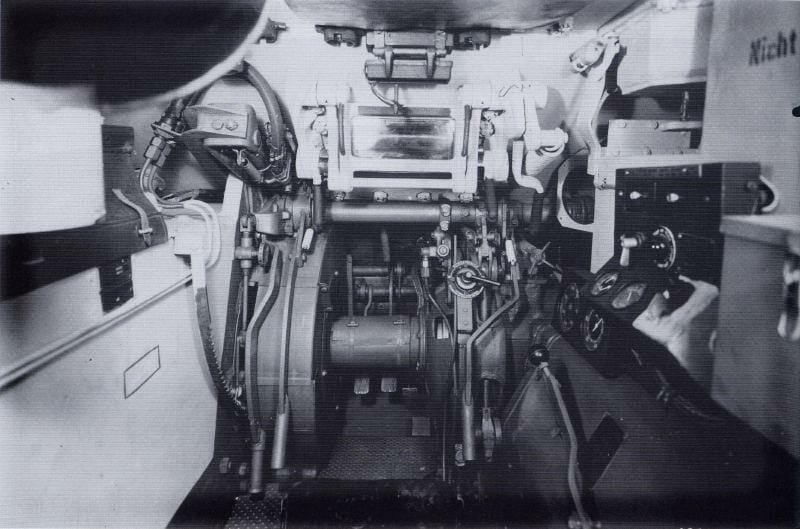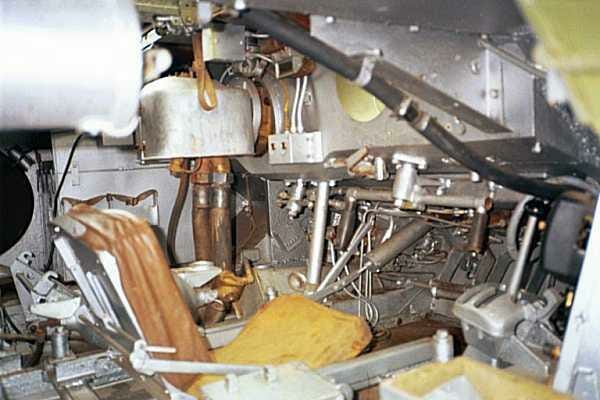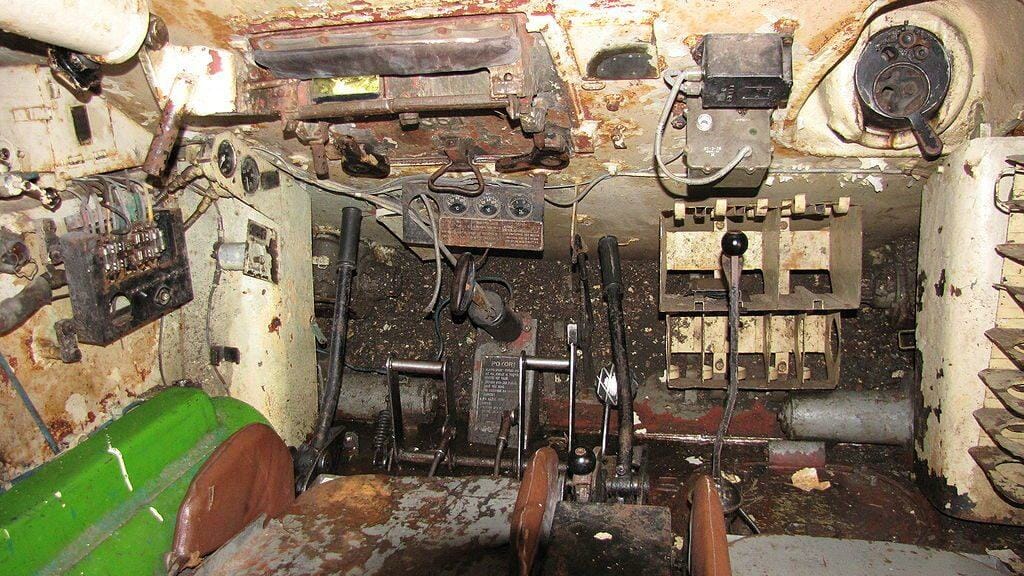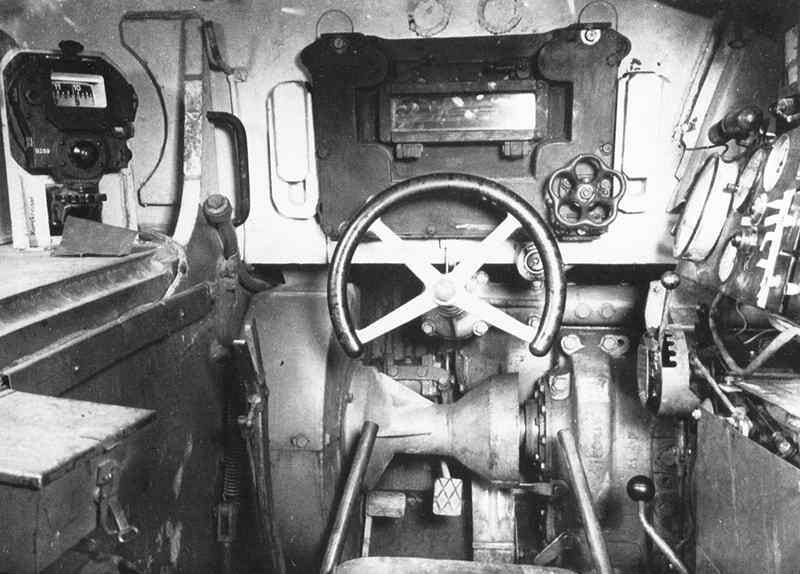Many people get interested in military history because they like the weapons they see on movies or in museums. However, usually you can see these marvelous machines from the outside only and can merely imagine how the interior looks like. Several days ago we introduced the most beautiful steering wheels in the world, so we decided to follow a weird path and show you some driver positions of famous tanks of the Second World War.
If you didn’t see our collection of the most beautiful steering wheels in the world, we invite you to check it out. But now let’s see where drivers were sitting in famous WW2 tanks.

Panzerkampfwagen V Panther – one of the most well-known German tanks of the WW2. It was a bit newer and more modern than Tiger I, but smaller and lighter and, therefore, was considered to be a medium tank. It was quicker, had a slanted armour and was still prettty good off-road. While experts still consider Tiger I to be a more effective tank, it was double the price of a Panther.

The Panther also had a simpler steering system – the usual manual levers. It was mechanical and reliable. The problem was that there was not much space for the driver, which was usual for the time, and pedals were extremely close together. Also, visibility was an issue (again, like in most tanks from WW2), especially when in 1944, its Ausf.G variant faced the removal of the driver’s visibility slot. Then the driver used only the periscope.

Mk IV Churchill – British heavy infantry tank, used in 1941-1952. It was heavy and somewhat old-school looking for its time, which is why nowadays many war enthusiasts don’t really like it. People think it was too heavy, too slow and too clumsy when compared to other tanks of the same period.
Take a look at the interior of a Churchill tank
However, while Churchill could go at a max speed of only 24 km/h, it had some redeeming features. It could, for example, turn around on its axes with both tracks rotating at different directions. And while its tall tracks made it look like a WW1 machine and impaired the driver’s visibility, they also provided protection for the infantry – something that a tank was designed to do. And it was pretty good off-road too, allowing for some different modifications to use this extremely stable platform.
Steering was achieved using a tiller bar – something quite unusual. It was hydraulically connected to steering brakes. People who tried this seat say that it is actually pretty comfortable. More pictures from the inside of Mk IV Churchill – Mapleleafup.net

T-34 is a legendary Soviet medium tank. It does not receive such criticism as the Churchill tank, because it was dependable, modern for its time and was respected by the enemy. In the picture you see an unrestored example of T-34, so it is all quite messy and some instruments are missing. However, you can see the main driver’s arrangement in the tank.

The driver was using the three usual pedals (clutch, brake and accelerator) and two levers. Levers are actually how most vehicles with tracks used to be driven – some still are. During the war, the U.S. did get a few examples of T-34 and noticed that some components were poorly machined and the transmission’s technology was already outdated. This, together with steel clutches, meant that the tank was pretty harsh on the driver. However, some other sources state that it was not too difficult to shift gears or operate the levers so it was not too bad. Although the soviet and Russian lack of attention to ergonomics is well-known until today.

Panzerkampfwagen VI Tiger probably has the biggest crowd of fans between WW2 enthusiasts. It was a German heavy tank, featuring design, which later evolved to modern day tanks. It was heavy, yet quick, large, but maneuvrable. And was decently good off-road.
Take a look around Tiger’s inside
One of the unique features of the Tiger I tank was its steering wheel – something unseen in other tanks. People say that it actually made driving easier and pretty much ahead of its time. It had power steering too. In case this mechanism failed, the tank could be steered using a couple of levers on both sides of the driver’s seat.

M4 Sherman – the most recognizable U.S. medium tank from WW2. It entered service in 1942, but it was still in use up until 1957. In fact, for a long time it was a weapon of choice, despite the more modern, better armed and armoured M26.

The steering of a Sherman tank was not really special in any way. Except, maybe, that both levers were very close together. In the picture you can see the driver’s seat in a Sherman tank, but the backrest is missing. While no one is really comfortable in a tank, Sherman’s drivers had little to complain, as there was more space for them than in some other tanks.
Of course, this list could be expanded with pictures from other tanks. But we hope it was enough to get you interested in the history of tanks or WW2 in general.




